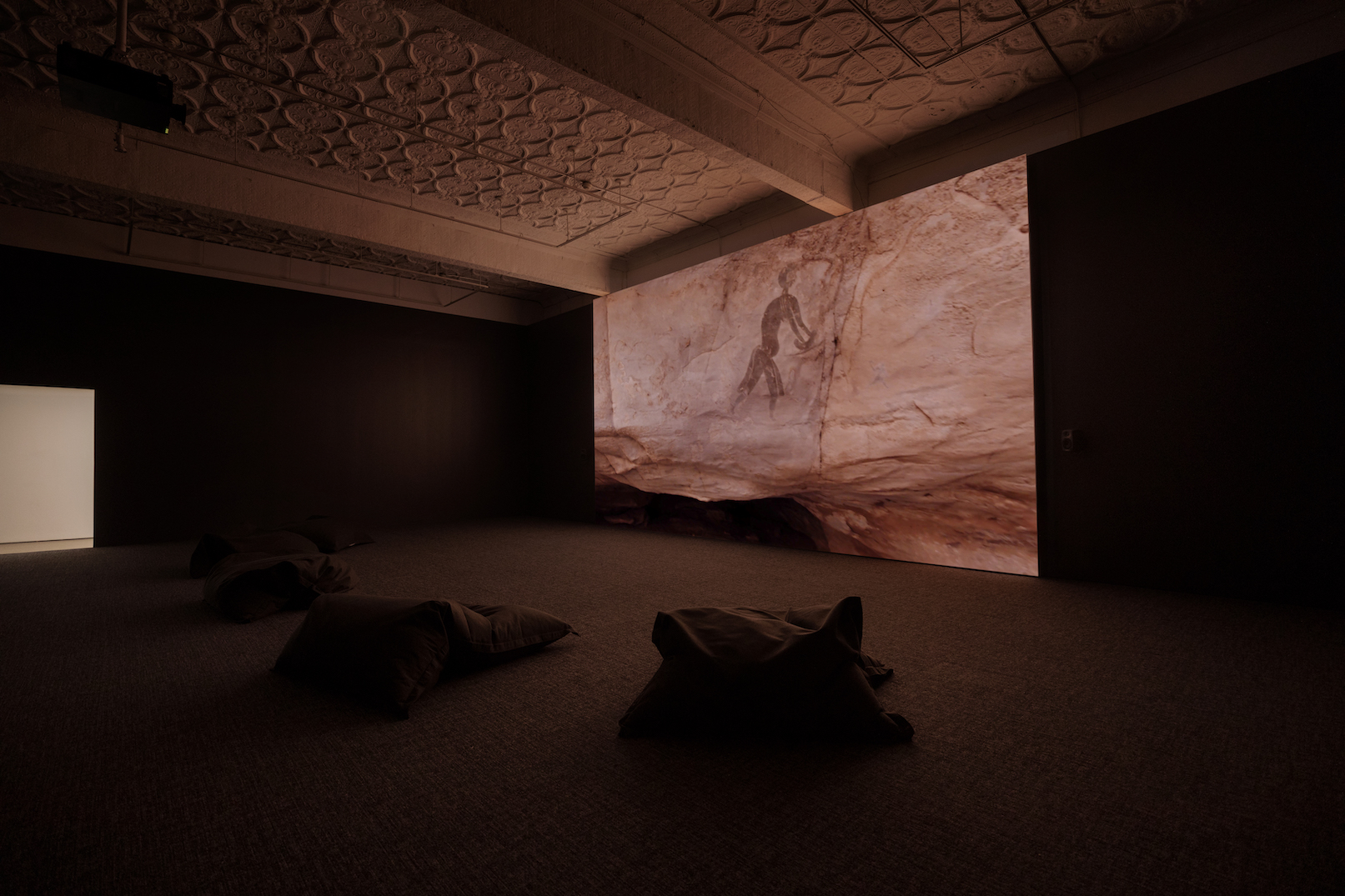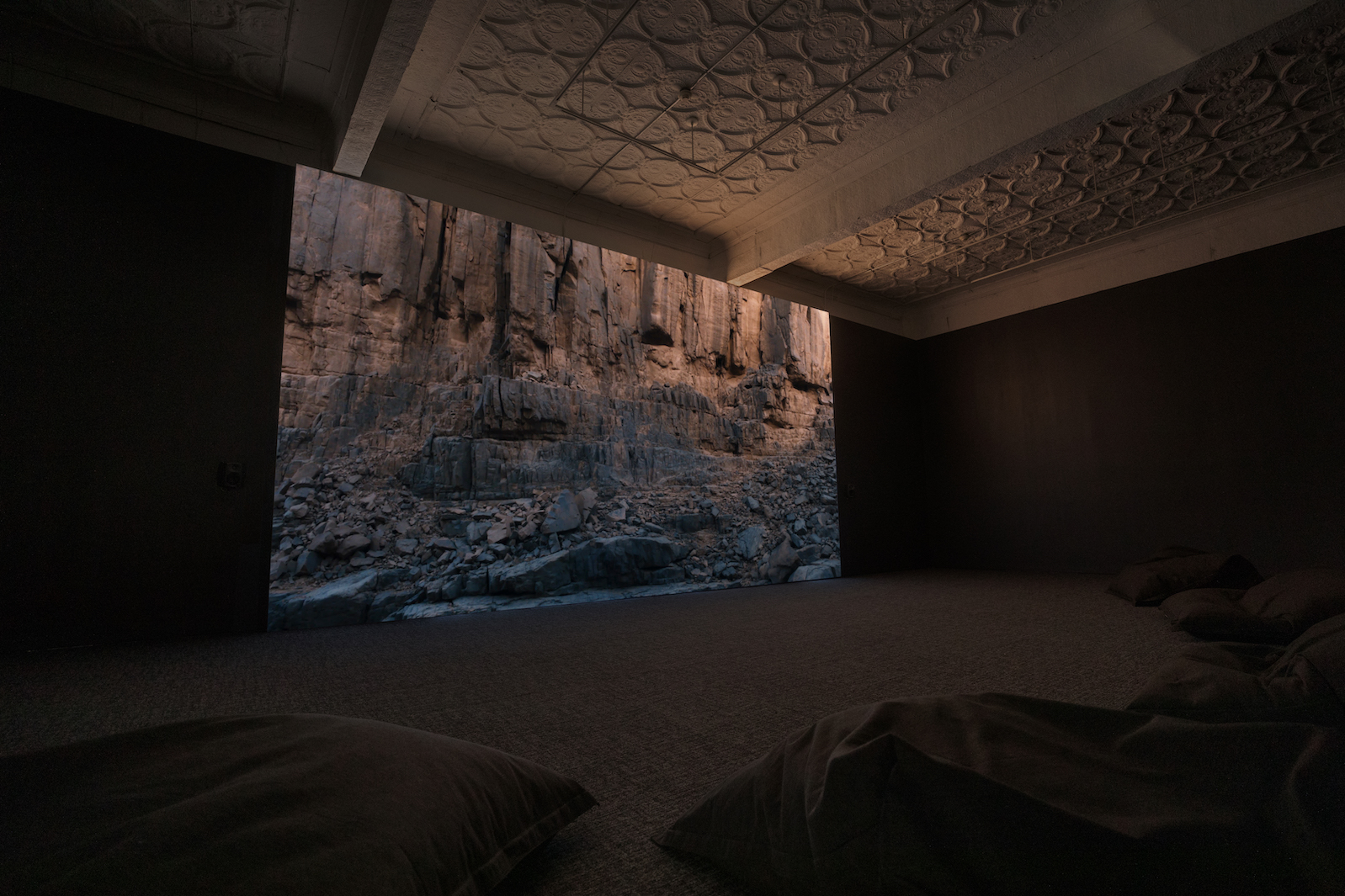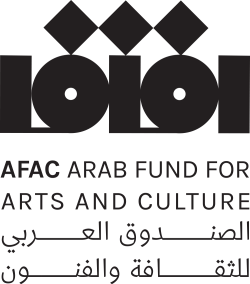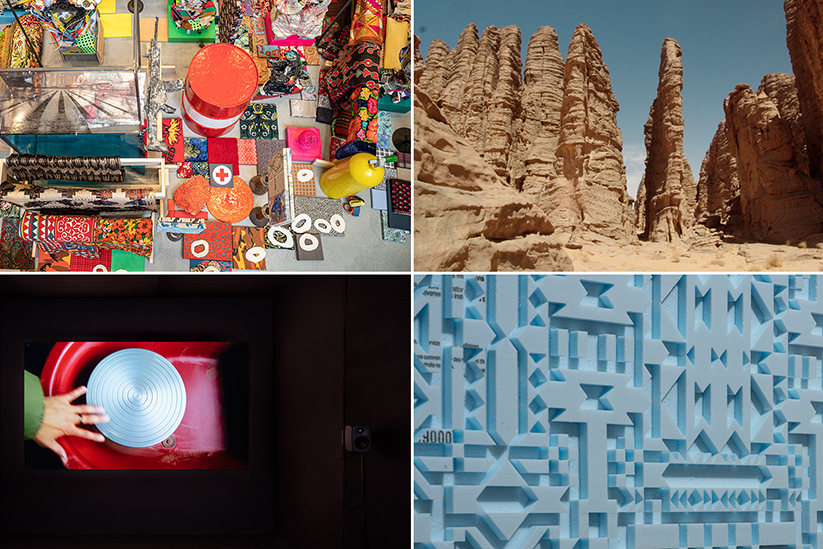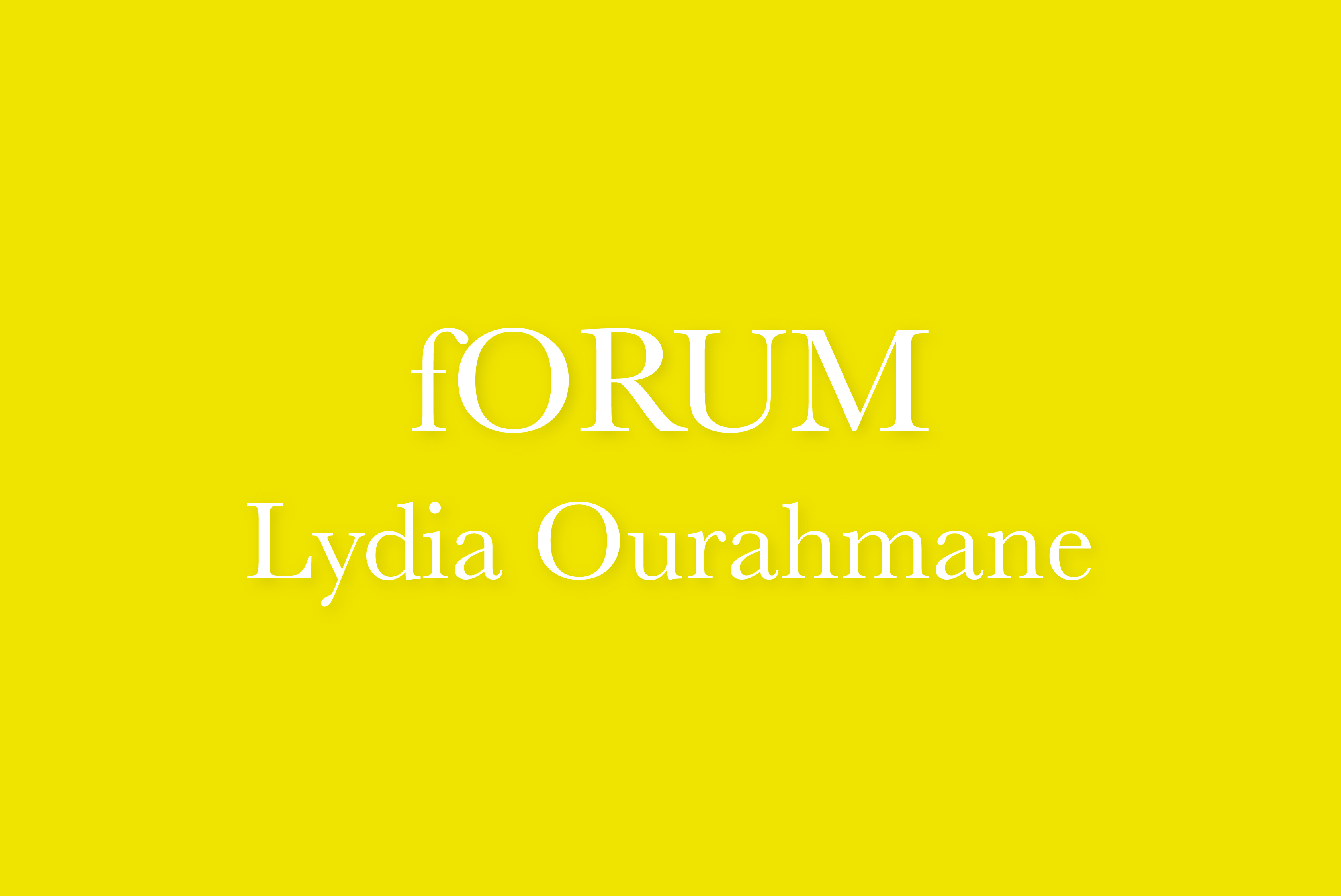Artist First is Mercer Union’s commissioning platform and the first of its kind amongst artist-run centres in Canada.
Once a fertile “plateau of rivers,” as the translation of its name implies, the region is now an arid expanse of desert that is inhospitable to the many forms of life previously known to thrive there. Ourahmane, together with a group of collaborators and local guides, journeyed on foot for thirteen days to a part of Tassili n’Ajjer near the border of Algeria and Libya. Both the group’s footage and movement are at the centre of Ourahmane’s exhibition at Mercer Union, which marks the first presentation of her work in Canada.
Vibrant and seductive, Tassili is shot in first-person perspective and edited together across the days and nights in the desert. The result is a hypnotic wandering through an otherworldly terrain composed of sandstone that has been shaped by thousands of years of erosion into natural arches and deep gorges. The landscape holds prehistoric cave paintings and rock engravings, with some dating as far back as 10,000 years. Traveling to a place marked by depictions of ancient rites, Ourahmane’s journey engages with the spiritual dimensions of the plateau. Its mesmerizing imagery is seen structured in four parts, each respectively scored by commissioned musicians Nicolás Jaar, felicita, Yawning Portal, and Sega Bodega.
Alongside camera footage, the artist relies on a remote sensing technology that uses photographic data to accurately represent three-dimensional objects. Throughout the film, digital animations developed from scans collected on the surface of the plateau simulate passages of Ourahmane’s live footage. In other moments, fragments of the landscape float in a contextless virtual space as the camera zooms and pans. These subtle gestures expose the alterations that objects and narratives undergo through migration and adaption across time. Together, sound and image produce a portrait of the region with a distinct psychic charge, setting the spiritual, material and political histories of this drastically altered landscape in dramatic oscillation.
To travel within Tassili n’Ajjer is to perform a strict choreography of resource management, with walking routes being determined by limitations of extreme climate and physical endurance. With generations of experience and knowledge of the land, the Tuareg people are the only local experts leading such expeditions. Like many who were pushed out of the territory by wicked circumstances—colonial projects, ecological change, resource scarcity—the guides who organized this journey were themselves displaced from the plateau. Today their work as guides offers a form of visitation that is complicated by the reality that if there remains any desire for return to the plateau, it is already foreclosed by reverberations of the past. Ourahmane is sharply attuned to this, with a research practice that has long tended to the legacies of colonial oppression and dispossession in Algeria, and the social complexity of producing a representation of the region today. In many ways, Tassili emerges from the irresolution of such tensions: the gaze that allows one to bear witness—to see the land changed and be changed by it—emerges in a paradoxical gesture that leaves a mark of its own on the plateau.
Lydia Ourahmane’s Tassili (2022), is the fourth project in Mercer Union’s Artist First program. At the centre of the exhibition is a moving image work filmed in Tassili n’Ajjer, a Sahara plateau in southeastern Algeria.
